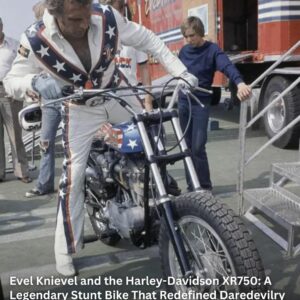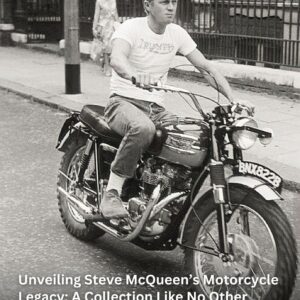Harley-Davidson, founded in 1903, has withstood the test of time, emerging as one of the most iconic motorcycle brands in the world. Over the course of more than a century, the company has not only survived the economic turbulence of the Great Depression but also weathered fierce competition and numerous ownership changes. This is the remarkable story of how a small engine became a symbol of freedom, power, and resilience.
The Birth of Harley-Davidson (1901-1903)
In 1901, a young William S. Harley, at the age of 20, sketched the plans for a small engine designed to fit into a standard pedal bicycle frame. This marked the beginning of what would become Harley-Davidson. Along with his childhood friend Arthur Davidson, Harley worked tirelessly in a machine shop in Milwaukee, Wisconsin, refining their motor-bicycle concept.
Their first attempt, completed in 1903, failed to meet expectations as it struggled to climb the hills of Milwaukee without pedal assistance. However, the experience proved invaluable, and the trio, including Arthur’s brother Walter Davidson, set out to improve the design. They built a new machine featuring a larger engine and a loop-frame design, setting the foundation for the motorcycles of the future.

Video
Watch this video to discover how Harley-Davidson transformed motorcycles forever, featured in The Machines That Built America on History!
From Prototype to Production (1904-1906)
By 1904, the team had constructed their new loop-frame motorcycle prototype. It was a significant leap from their earlier motorized bicycle, boasting a 405 cc engine and a design that pushed it out of the bicycle category and into the realm of motorcycles. The prototype made its debut in a Milwaukee motorcycle race on September 8, 1904, where it placed fourth.
As the company’s reputation began to grow, they started offering Harley-Davidson engines for sale to the growing do-it-yourself market in 1905. By the end of the year, they had produced their first complete motorcycles, though on a very limited basis.
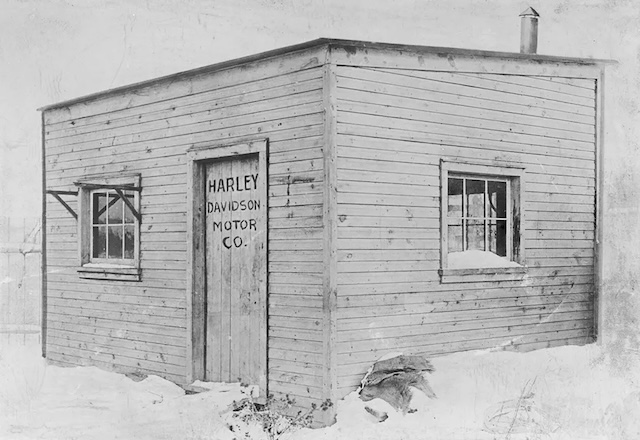
In 1906, Harley-Davidson built its first factory on Chestnut Street in Milwaukee, marking the company’s official entry into large-scale production. The factory produced about 50 motorcycles in its first year, and it was clear that Harley-Davidson had established itself as a serious player in the industry.
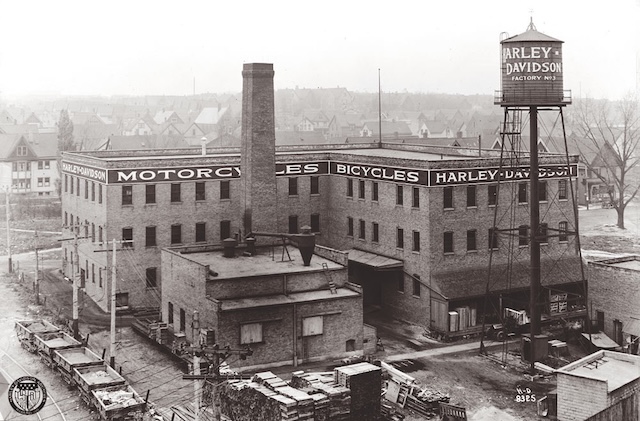
Expansion and Breakthroughs (1907-1917)
The year 1907 marked a significant milestone for Harley-Davidson. William S. Harley graduated with a degree in mechanical engineering from the University of Wisconsin-Madison, providing the company with valuable technical expertise. With the new knowledge and resources, they expanded their factory and increased production.
In the same year, Harley-Davidson began selling motorcycles to police departments across the country, marking the start of a long-standing partnership that would continue for years. By 1910, the company had expanded into international markets, establishing a global presence.
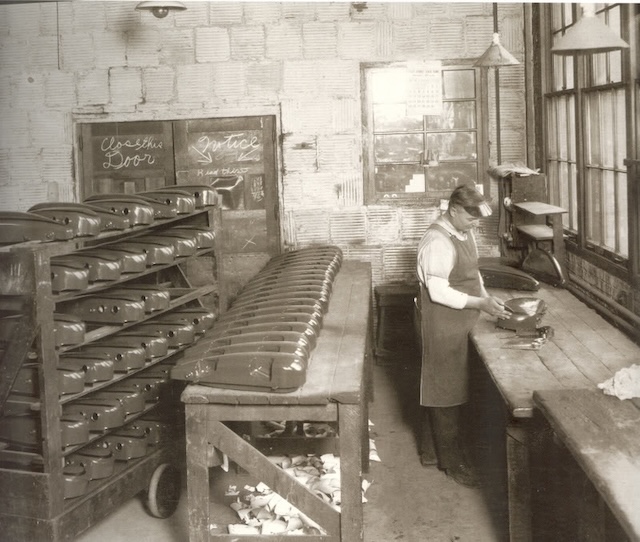
World War I brought Harley-Davidson into the military spotlight. The U.S. military purchased over 20,000 motorcycles from the company during the war, further cementing Harley-Davidson’s reputation as a reliable and durable brand. The company also began designing specialized military motorcycles, laying the groundwork for future military contracts.

The Roaring Twenties and Great Depression (1920-1933)
By 1920, Harley-Davidson had become the world’s largest motorcycle manufacturer, producing over 28,000 motorcycles that year. Otto Walker made history in 1921 by setting a new speed record on a Harley-Davidson, surpassing 100 mph, further solidifying the brand’s performance credentials.
However, the Great Depression, which began in 1929, hit Harley-Davidson hard. Sales plummeted from 21,000 motorcycles in 1929 to just over 3,000 in 1933. In response, the company introduced new models, including the 740cc flathead engine and Art Deco styling, to revive interest and boost sales. To stay afloat during the Depression, Harley-Davidson began manufacturing industrial powerplants and the innovative three-wheeled delivery vehicle, the Servi-Car.

Despite the tough economic climate, Harley-Davidson was one of only two American motorcycle manufacturers to survive the Depression. The company’s survival and innovation during these difficult years proved its resilience.

Harley-Davidson During World War II (1939-1945)
As the United States entered World War II, Harley-Davidson once again proved its worth by supplying the U.S. military with a version of its 740cc motorcycle, the WLA. These military motorcycles, along with their Canadian counterparts (WLCs), were used extensively during the war. More than 90,000 military motorcycles were produced, earning Harley-Davidson two Army-Navy “E” Awards for Excellence in Production in 1943 and 1945.
Harley-Davidson’s contributions to the war effort reinforced its reputation as a brand that could withstand the most challenging times and still deliver outstanding performance.
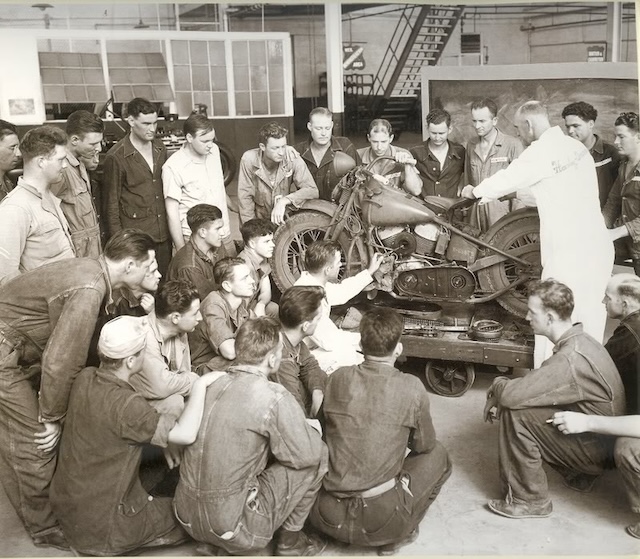
A Legacy of Resilience and Innovation
From its humble beginnings in a small machine shop to becoming a global leader in the motorcycle industry, Harley-Davidson has overcome countless obstacles to establish itself as a symbol of freedom and rugged individualism. Its survival through the Great Depression, its role in both world wars, and its ability to adapt to changing times have solidified its place in history.
Today, Harley-Davidson is synonymous with the open road, representing a unique blend of tradition, craftsmanship, and innovation. The brand’s legacy continues to inspire motorcycle enthusiasts around the world, proving that even in the face of adversity, a true icon will always endure.

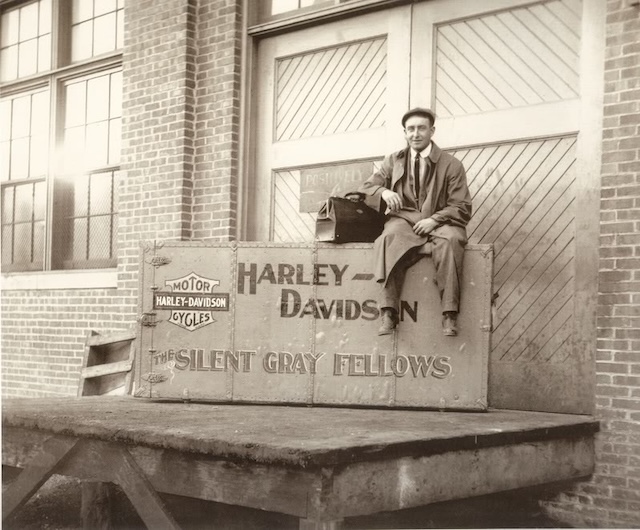
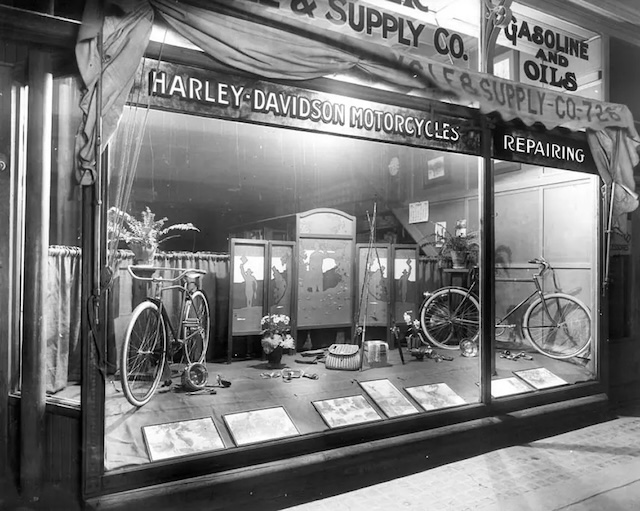
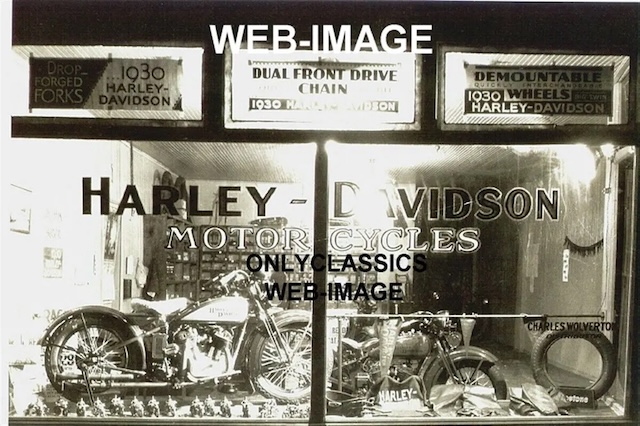

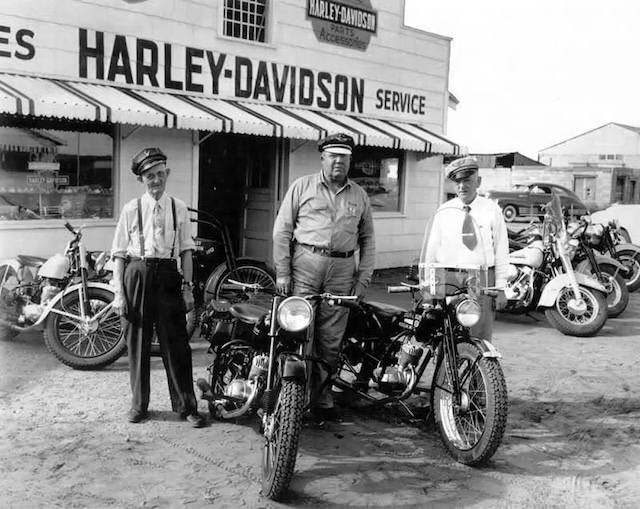
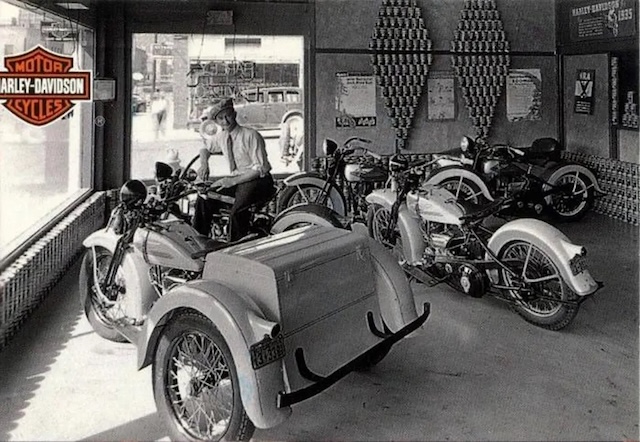
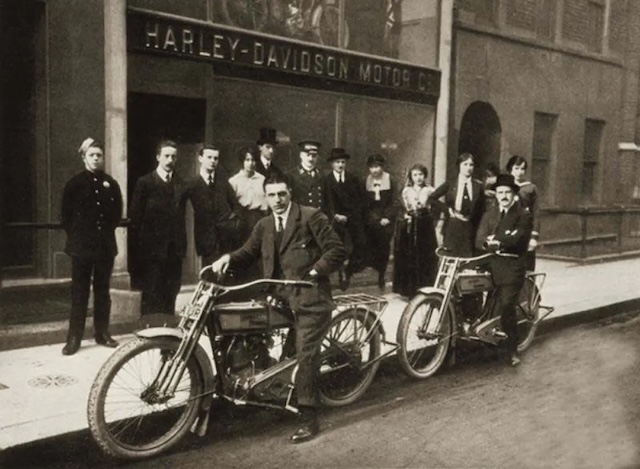
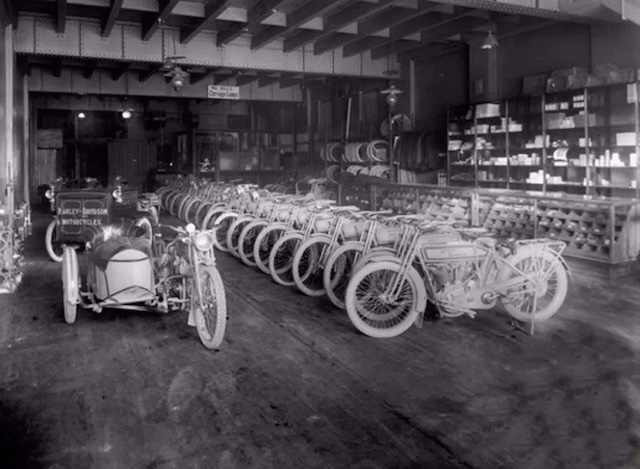
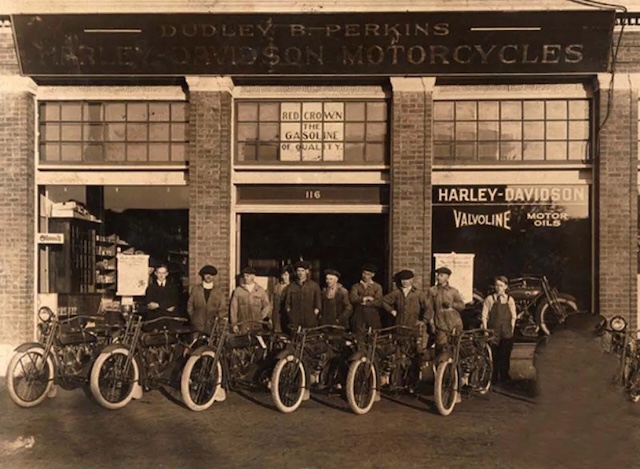

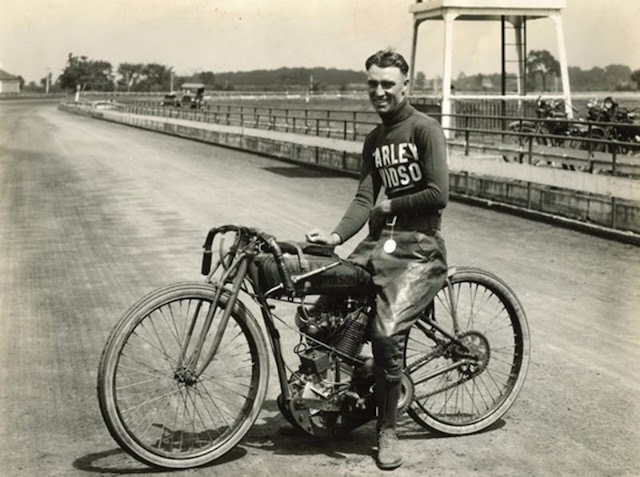
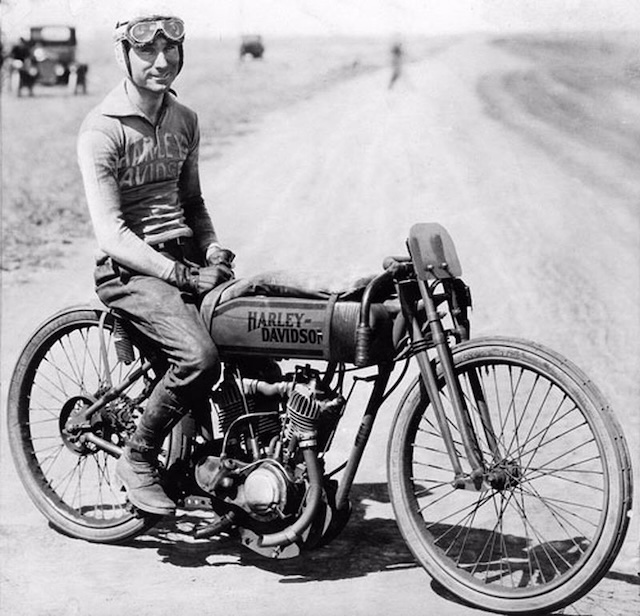
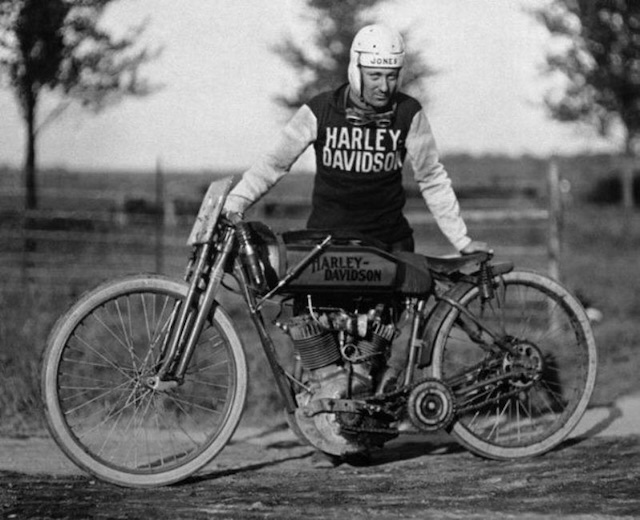

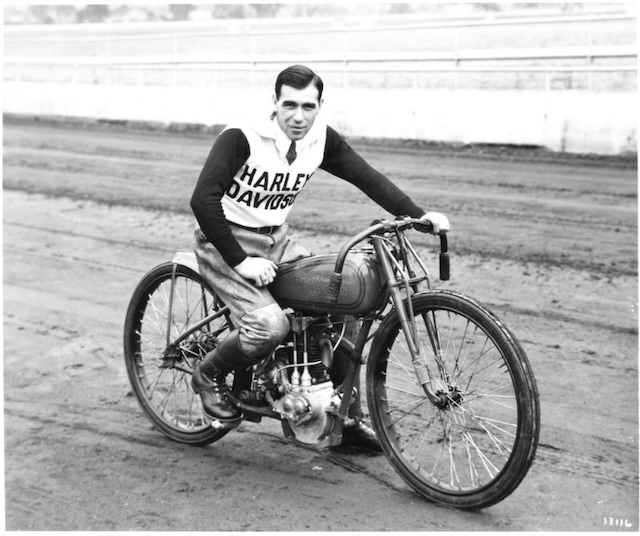
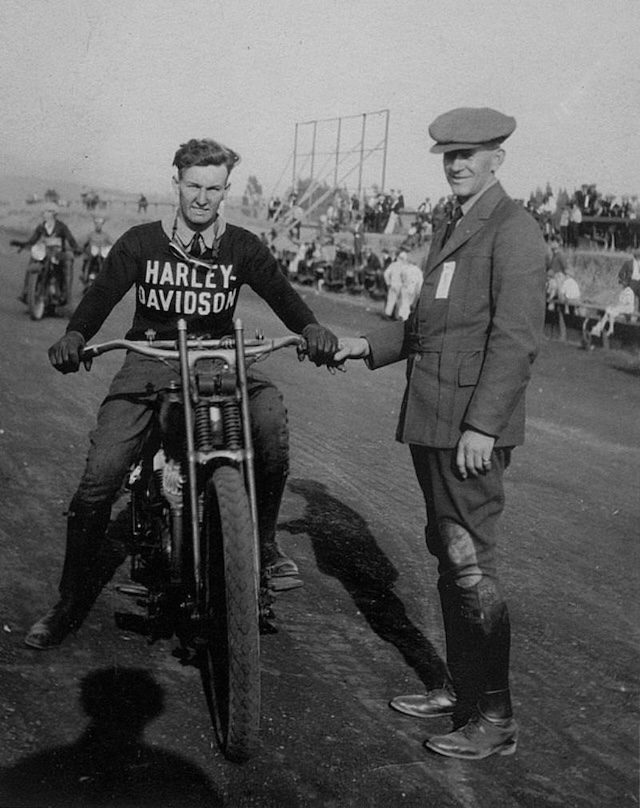

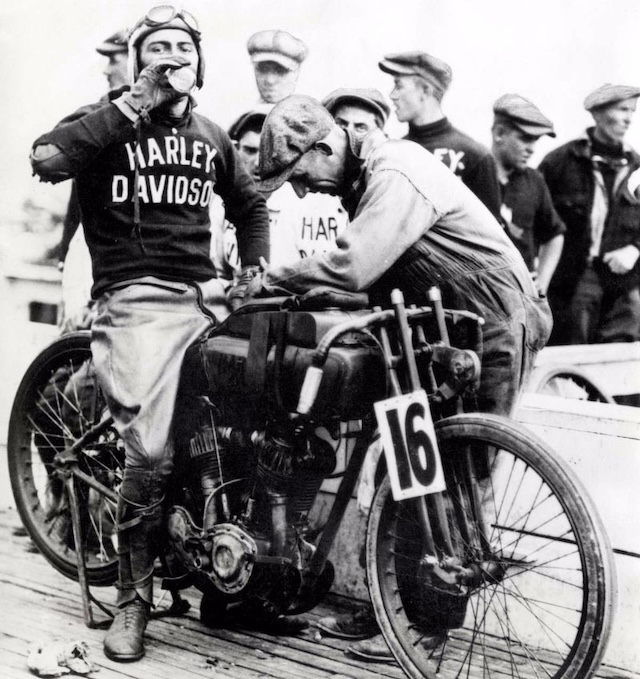
Harley-Davidson’s journey is not just the story of a motorcycle manufacturer; it’s the story of a brand that has become a way of life for millions, standing as a testament to resilience, passion, and the love of freedom.
Video
Watch this video to learn everything you need to know about Harley-Davidson, featured on Up to Speed!

